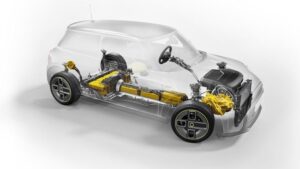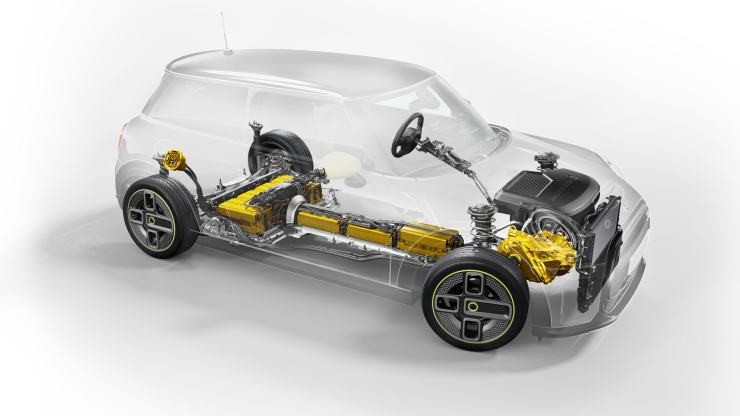In the era of environmental consciousness, electric vehicles (EVs) have revolutionized the way we drive, offering a cleaner and more sustainable alternative to traditional gas-powered cars. But how do electric cars work? Let’s uncover the technology behind electric vehicles and understand the eco-friendly mechanics that power our journeys into the future.

1. Electric Motors and Batteries:
At the core of electric vehicles are electric motors powered by high-capacity lithium-ion batteries. Unlike conventional cars, which rely on internal combustion engines, EVs use these batteries to store and provide energy. The electric motor converts this stored energy into mechanical power, propelling the vehicle smoothly and silently.
2. Charging the Battery:
Charging an electric vehicle is as simple as plugging it into a charging station. These stations, widely available in urban areas, homes, and public spaces, supply the electrical energy needed to replenish the battery. With advancements in technology, fast-charging stations have reduced charging times significantly, making EVs more practical for everyday use.
3. Regenerative Braking:
Electric vehicles feature regenerative braking systems, a technology that captures energy during braking and converts it back into stored energy for the battery. When the driver slows down or applies the brakes, the electric motor operates in reverse, transforming the vehicle’s kinetic energy into electrical energy. This process improves overall efficiency and extends the vehicle’s driving range.
4. Environmental Impact:
One of the most significant advantages of electric vehicles is their positive environmental impact. By producing zero tailpipe emissions, EVs contribute to reducing air pollution and combatting climate change. By transitioning away from fossil fuels, electric vehicles play a crucial role in creating a cleaner and greener planet for future generations.
5. The Future of Electric Vehicles:
With ongoing advancements in technology and increasing global awareness of environmental issues, the future of electric vehicles looks promising. Automakers are investing heavily in research and development, leading to more efficient batteries, longer driving ranges, and innovative designs. As charging infrastructure continues to expand, electric vehicles are becoming more accessible and practical for consumers worldwide.
In conclusion, understanding how electric cars work not only demystifies their operation but also highlights their pivotal role in shaping a sustainable transportation landscape. As we embrace the eco-friendly technology behind electric vehicles, we pave the way for a cleaner and greener future, one where our journeys are not just efficient but also environmentally responsible.

